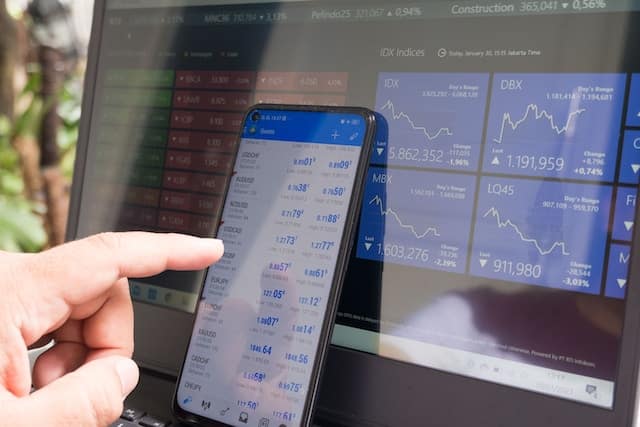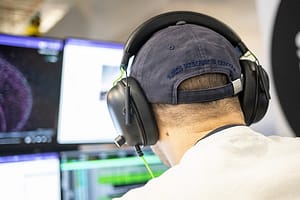In the fast-paced world of finance, where every millisecond counts, Artificial Intelligence (AI) has emerged as a game-changer. AI trading, also known as algorithmic trading, leverages the power of machine learning and advanced data analysis to make investment decisions. It’s not just about trading faster; it’s about trading smarter. Read more to explore the science of AI trading, exploring its strategies and real-world applications.
Data is king
At the heart of AI trading is data. A colossal amount of data is collected from various sources, including financial news, social media, economic indicators, and historical price charts. This data forms the foundation of AI trading strategies.
Machine learning models, like neural networks and decision trees, are then trained on this data to recognize patterns and relationships. These models learn from historical data to predict future market movements. The more data they have, the more accurate their predictions become.
Quantitative strategies
One popular approach in AI trading is quantitative analysis. This involves using mathematical models and statistical techniques to identify trading opportunities. Quantitative traders look for patterns and correlations in data that may not be evident to human traders. For example, they might use statistical arbitrage to exploit price differences between related assets.
High-frequency trading
High-frequency trading (HFT) is one of the most well-known applications of AI trading. HFT systems can execute trades in a matter of microseconds, taking advantage of tiny price fluctuations. These systems rely on complex algorithms and high-speed data feeds to make rapid decisions and execute trades at lightning speed.
Reinforcement learning
Reinforcement learning is another subset of AI used in trading. In this approach, an AI agent interacts with an environment (the market) and learns by receiving feedback (profits or losses). The agent adjusts its strategies over time to maximize its returns, akin to a human trader learning from experience.
Real-world applications
AI trading is not just a theoretical concept. It’s being applied in real-world scenarios with remarkable success.
1. Hedge funds
Many hedge funds are now using AI to enhance their trading strategies. These funds have the resources to develop sophisticated AI models that can analyze vast datasets and execute trades with precision.
2. Market making
AI is widely used in market making, where market participants continuously quote buy and sell prices. These algorithms help maintain liquidity and efficiency in financial markets.
3. Risk management
AI is also a powerful tool for risk management. It can assess a portfolio’s exposure to various risks and make real-time adjustments to minimize potential losses.
4. Robo-advisors
AI-driven robo-advisors are gaining popularity among individual investors. These platforms use AI to create diversified portfolios based on the user’s risk tolerance and investment goals.
5. Options trading
AI is used to price options and identify trading strategies. The complexity of options makes them an ideal candidate for AI-driven analysis.
AI trading is a fascinating intersection of finance, data science, and computer technology. It’s changing the way financial markets operate, providing new opportunities for investors and challenges for regulators. With the power of data and machine learning, AI trading is transforming the landscape of finance, making trading not just faster but smarter. As AI trading continues to advance, it will be exciting to see how it shapes the future of finance.
Intrigued by the world of AI trading? Read more about the latest developments in this ever-evolving field, and stay ahead in the dynamic world of finance.






Leave a Comment